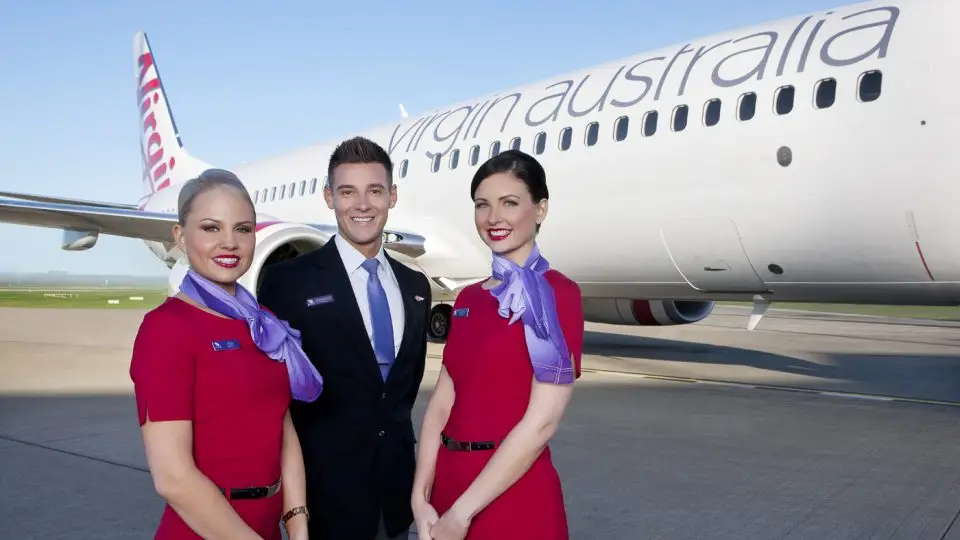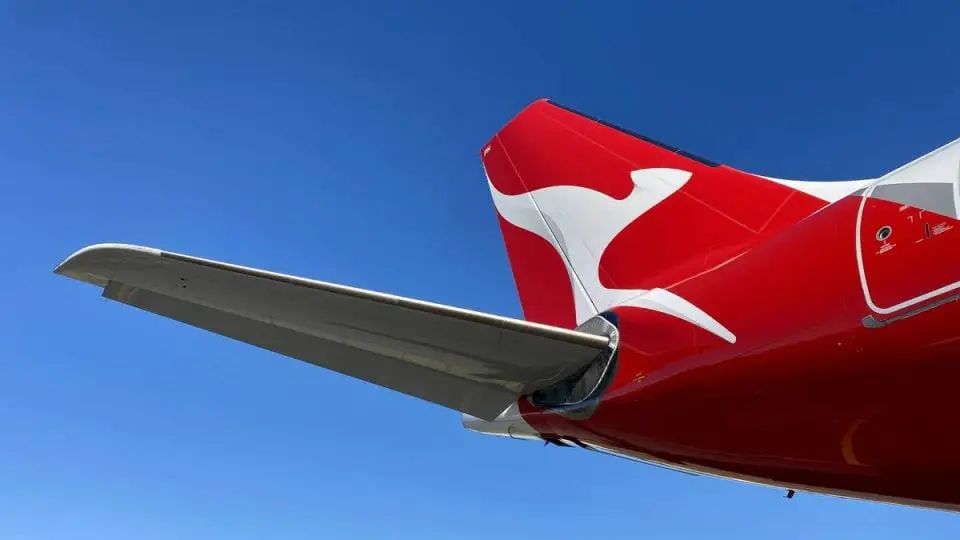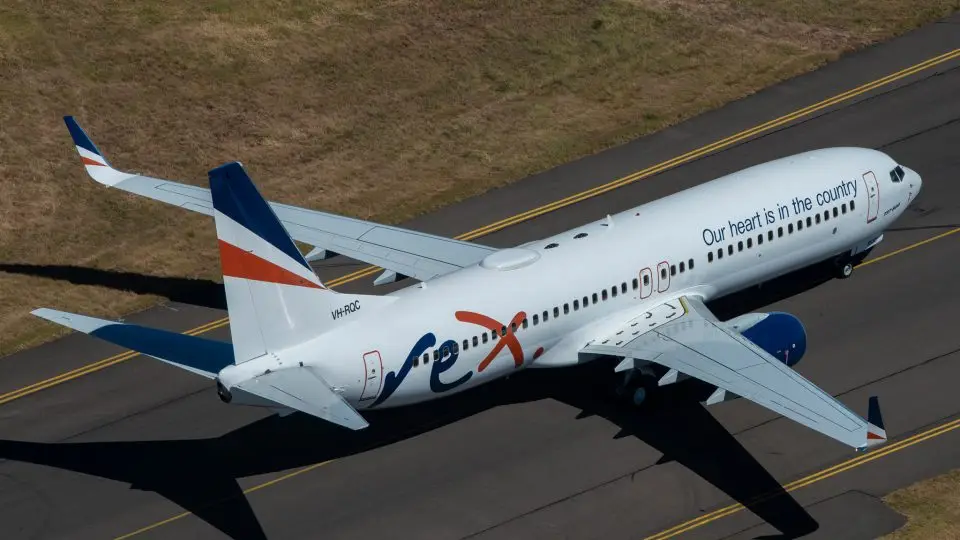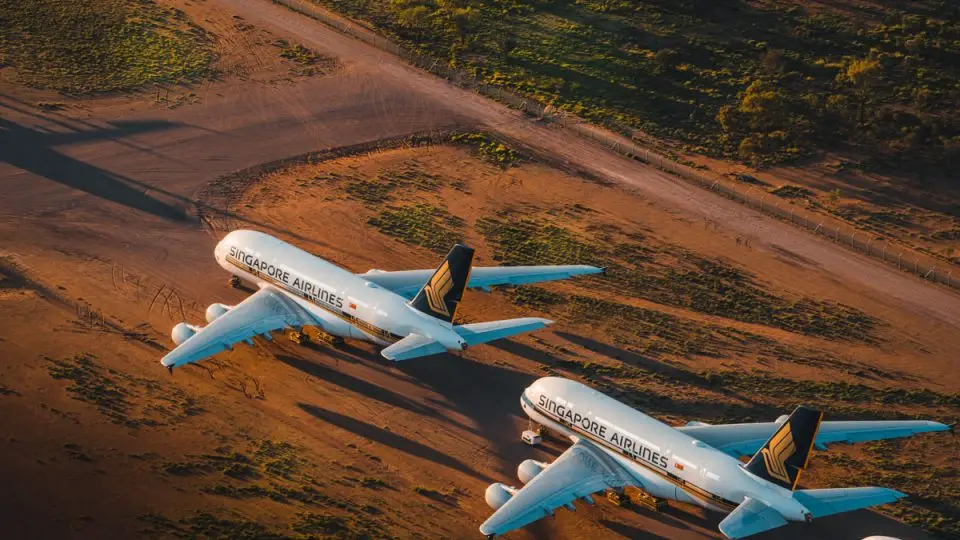What To Expect From Virgin Australia 2.0
Virgin Australia 2.0 emerges: mid-market focus, streamlined fleet, and enhanced Velocity loyalty benefits for all!
Deloitte has announced Bain Capital as the new owner of Virgin Australia, following a shock withdrawal from Cyrus Capital Partners. A statement from the administrator confirmed they have “now entered into a Sale and Implementation Deed with Bain Capital which will result in the sale and recapitalisation of the businesses of (the Virgin Australia Group)”.
The transaction is set to become final after the second meeting of creditors, which is currently scheduled before the end of August. Regulatory approval for the Boston-based firm is already approved under the government’s foreign investment laws.
Bain’s plan for Virgin Australia 2.0
In their press release Bain Capital outlined 9 key points of their binding bid, which are summarised below :
- Protect as many jobs as possible
- Fully funding employee entitlements
- Support program for staff who leave the airline
- Establishment of an employee ownership/profit-sharing scheme
- Ongoing commitment to regional services
- Investment in the closer integration of Virgin Australia and Velocity
- Carry forward existing travel credits
- Invest in world-class digital and data technologies
- See Virgin Australia emerge with a strong balance sheet delivering resilience and future growth
Mike Murphy, an Australian-based Managing Director for Bain, said the firm’s investment plan for Virgin Australia will “support and celebrate Virgin Australia’s unique culture and protect as many jobs as possible for the short and medium term in a way that will make significant jobs growth possible.”
He also mentioned that the airline’s CEO Paul Scurrah and his leadership team have “worked tirelessly during the administration period and are critical to our future.”
Scurrah responded saying, “We believe Bain Capital’s proposal offers the best possible future for Virgin Australia, its employees and its customers.”
Transitioning to a mid-market airline
Quite early on in the bidding process, Murphy struck fear among many by mentioning Bain’s plans to “bring back the best parts of the Virgin Blue culture,” raising concerns of Virgin Australia 2.0 returning to a low-cost model. Following that statement, Bain has said they see the airline’s best chance for success as a mid-market airline. Think of this as somewhere between Jetstar and Qantas, hence the term ‘mid-market’.
“I think largely the positioning from a customer perspective will be very similar to where it is, but maybe a little more value-focused,” Murphy told The Financial Review.
No more Tigerair
Virgin Australia’s budget arm Tigerair was completely shut down soon after the pandemic set in, with the airline’s pilots made redundant and cabin crew stood down. Following this, lead administrator Vaughan Strawbridge of Deloitte reinforced the firm’s intention to operate Virgin Australia 2.0 as a “single-branded” airline. It’s understood that most ex-Tigerair aircraft will be returned to leasers, while others will return to Virgin Australia.
Simplifying the fleet and network
With little travel demand due to the Coronavirus pandemic, we can expect Virgin Australia 2.0 to emerge with a considerably smaller fleet. As of December 31 2019, over half of the Virgin Australia Group fleet of around 130 aircraft was leased. It wouldn’t come as a surprise if many of these aircraft are returned to leasers in an effort to reduce costs, with Murphy anticipating a relaunched fleet of around 60-70 aircraft would be more suitable.
Virgin Australia 2.0 will focus on the most profitable domestic routes, along with some short-haul international routes after border restrictions are lifted. It is expected that these flights are to be operated almost entirely by Boeing 737 narrowbody aircraft. Unfortunately, this means Virgin Australia’s Airbus A330 and Boeing 777 aircraft with their incredible business class products may have seen their last days. All six A330’s are likely to go, with each leased at reportedly above-market rates. The 777 fleet is safer, with just one of five leased and the others owned by Virgin Australia.
Boosting Velocity
The perks of Velocity Frequent Flyer status are set to stay under Bain. The firm plans to honour all points currently held by Velocity’s 10-million members, along with the current “pricing architecture” for redemptions. Additionally, Bain plans to bring the Velocity and Virgin Australia closer together, possibly through a single app and website.
Summing up: pros and cons
Pros:
- Outstanding bookings expected to be honoured
- Possibility of improvements to narrow-body business class
- Cheaper fares under a “value-based” model
- Closer integration of Virgin Australia and Velocity
- Virgin Australia is coming back!
Cons:
- Reduced destinations
- Culling of many aircraft types – including the A330 which feature the fantastic business class seats!
- Transition to a mostly narrowbody fleet – B737 mostly
- Fewer flat-bed business class seats – All 6 A330’s are leased, the lease is expiring this year.
- No more “The Club” (Virgin Australia’s secret VIP club status)
Related posts








